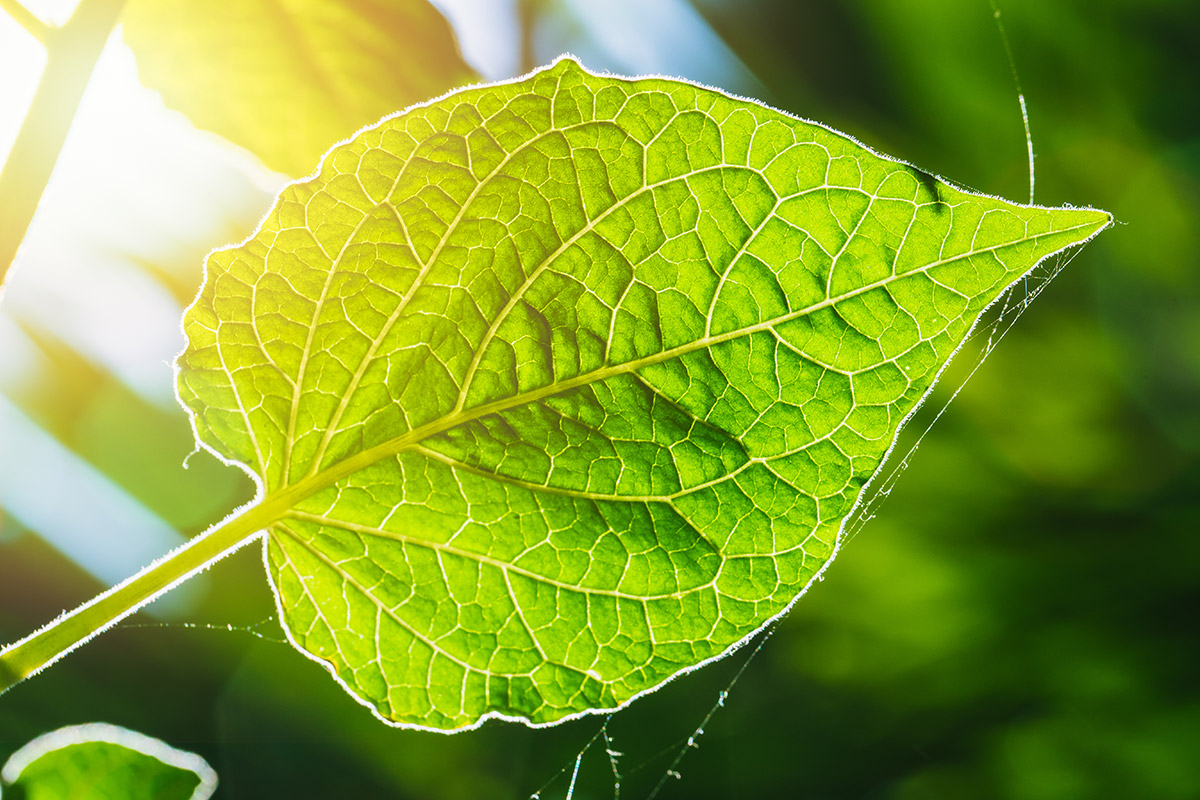New Artificial Photosynthesis – The Methane-Generating Method

Experts have discovered a new method to use sunlight to turn carbon dioxide into methane. This newly found method may support the making of natural-gas-powered devices carbon neutral.
Methane is the main component of natural gas, found in small quantities in Earth’s atmosphere. Photosynthesis is the process by which plants, and even several bacterias, use the energy from sunlight to generate glucose from carbon dioxide and water, giving oxygen in return as a byproduct. Artificial photosynthesis is a chemical process through which sunlight, water, and carbon dioxide into carbohydrates and oxygen are converted to imitates natural processes — for example, achieving hydrocarbon fuels, similar to natural gas or gasoline from the same necessary materials.
A partnership between the University of Michigan, McGill University and McMaster University made the new artificial photosynthesis possible. The findings have been published in Proceedings of the National Academy of Sciences if you seek more details.
The methane-generating method
Solar fuel is made from plentiful materials and could be produced in mass. Within 5-10 years, it might be recycling smokestack carbon dioxide into clean-burning fuel.
“Thirty percent of the energy in the U.S. comes from natural gas,” said Zetian Mi, U-M professor of electrical engineering and computer science, who co-led the work with Jun Song, professor of materials engineering at McGill University. “If we can generate green methane, it’s a big deal.”
How could it possibly mass produce?
Channeling the electricity toward forming methane, is its strongest point. The electrons are a move toward methane-producing reactions instead of toward byproducts like hydrogen or carbon monoxide, for example.
“Previous artificial photosynthesis devices often operate at a small fraction of the maximum current density of a silicon device, whereas here we operate at 80 or 90 percent of the theoretical maximum using industry-ready materials and earth-abundant catalysts,” said Baowen Zhou, a postdoctoral researcher in Mi’s group working on this project.
The New Artificial Photosynthesis
The photosynthesis process of carbon dioxide into methane is exceptionally challenging to achieve. The carbon must be gathered from CO2, as crucial as H2O, to become apart to fasten the hydrogen to the carbon. Each carbon-hydrogen bond has two electrons in it, and there are four bonds, which therefore become methane. The catalyst design is crucial to the success of the reaction.
“The one million dollar question is how to quickly navigate through the enormous materials space to identify the optimal recipe,” Song said.
The key catalyst component
The key components are nanoparticles of copper and iron. Holding onto molecules by their carbon and oxygen atoms, the nanoparticles are buying time for hydrogen to take the plunge out of the water molecule fragments over the carbon atom.
The look-alike solar panel
The mechanism is similar to a solar panel studded with nanoparticles of iron and copper. It can use an electrical current or the sun’s energy to break down the carbon dioxide as well as water. Its first layer is of a silicon wafer that is topped with nanowires, each 300 nanometers tall and about 30 nanometers wide, made of the semiconductor gallium nitride, compared to those already in solar panels. The reactions can occur on its large surface due to its arrangement, plus the nanoparticle-flecked nanowires are draped with a thin film of water.
The device may be designed to run on both the methane production supported with a supplement of electricity or under solar power alone. It could also have the potential to run in the dark if it runs on electricity. In practical terms, the methane-generating panel would be required to connect to concentrated carbon dioxide provenance, like carbon dioxide caught from industrial smokestacks. The device could be adapted to produce synthetic natural gas or formic acid.
0 comments